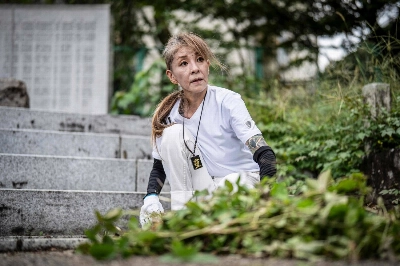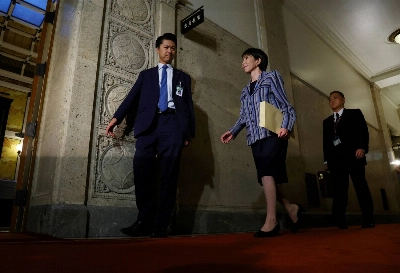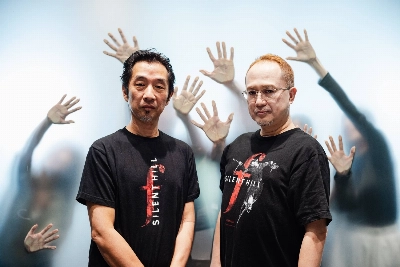Thirty-six years ago, not two decades after an atomic bomb was dropped on Hiroshima, Kenzaburo Oe was already writing about the imperative to remember that appalling event. It sounds trite -- a hazard that attends memorials to all great tragedies, from Hiroshima to the Holocaust -- but Oe was getting at two important things: first, that people do tend to forget, or repress, traumas of this magnitude; and second, that the act of remembering doesn't occur in a void. It is shaped by context: who is doing the remembering and what they choose to remember.
Oe was aware in 1963, when he began writing about Hiroshima, that the two atomic bombings of Japan had been hijacked by the Cold War and by Sino-Soviet antagonisms. The power of nuclear weapons, he wrote, gets more attention than the misery they cause. Far from renouncing such weapons, the nuclear nations were caught up in a race to see who could stockpile the most and the biggest. The Hiroshima bomb, in this context, was remembered not as a warning, but as a bit of a joke: Call that a bomb! That was a toy! By the 1960s, the weapon of choice -- the hydrogen bomb -- was thousands of times more powerful than the bombs that had vaporized two Japanese cities.
Even the antinuclear movement that had grown up out of the ruins of Hiroshima and Nagasaki had split into factions under the enormous ideological pressures of the postwar period. The "evil" of nuclear weapons was no longer an absolute, but varied with ownership. Theories of deterrence also masked the horror with a kind of political respectability. The original human experience, Oe felt, was already being lost, not 20 years after the events that should have shut down all arguments. It is said that when the physicist Niels Bohr arrived at Los Alamos in 1943, his one worry was that the bomb wasn't big enough -- big enough, that is, to end the prospect of world war once and for all. He was right.


















With your current subscription plan you can comment on stories. However, before writing your first comment, please create a display name in the Profile section of your subscriber account page.